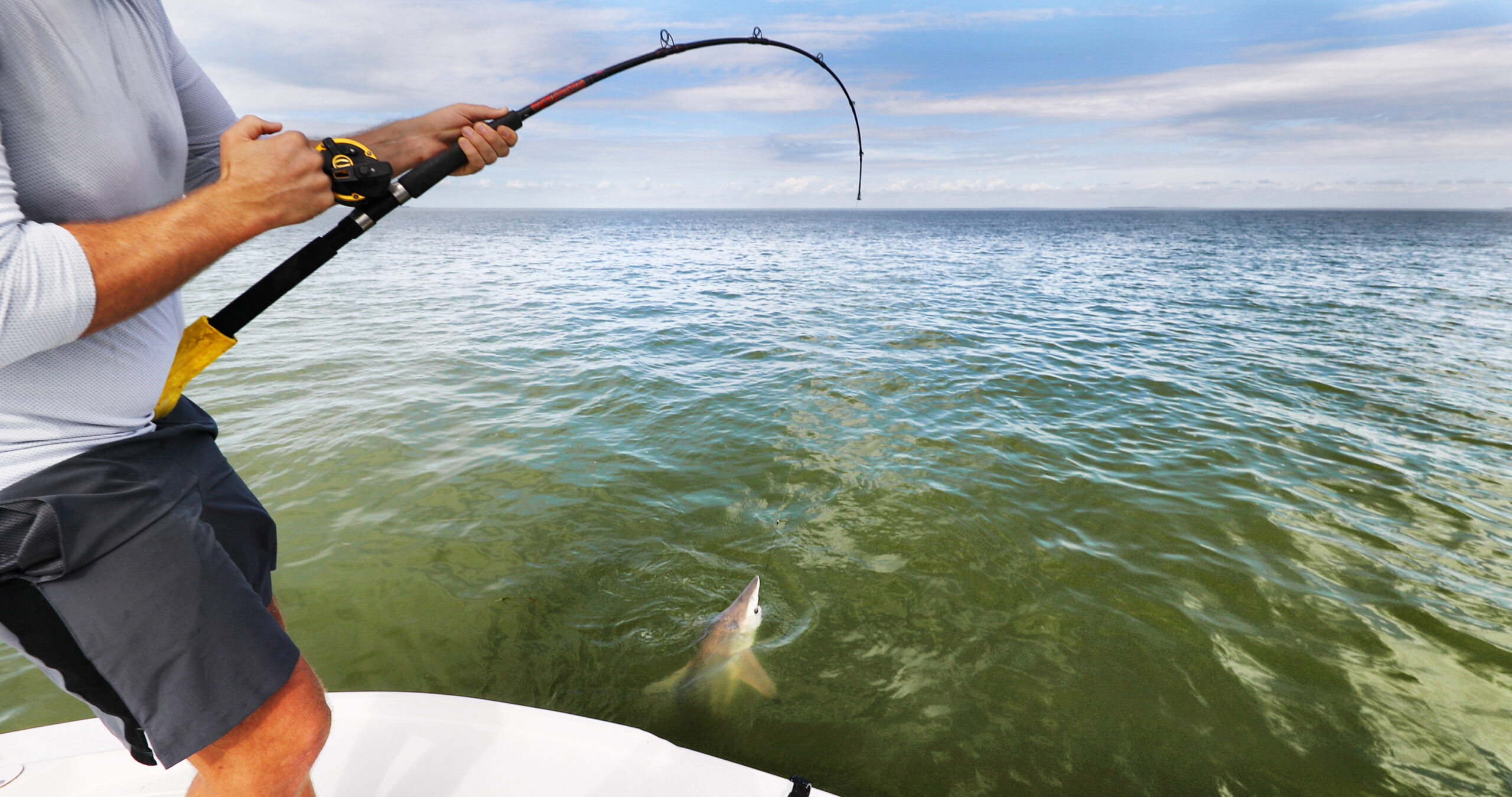Fishing enthusiasts often face the enticing question of whether offshore or inshore fishing delivers a more exhilarating experience. This choice is particularly important for both novice and seasoned anglers who seek to maximize their time on the water. Understanding the differences in fishing locations, techniques, and potential catches can help anglers make informed decisions. Read on to learn more about offshore and inshore fishing and discover which promises more action.
What Is Offshore Fishing?
Offshore fishing takes place upwards of a mile away from the shore, usually in waters that are hundreds or even thousands of feet deep. This type of fishing typically requires a larger, more robust vessel equipped with the necessary technology and gear to navigate and fish effectively in deep waters. However, following certain tips and strategies does make offshore kayakfishingpossible for beginners and experts alike. Regardless of your preferred vessel, the fish found in these offshore environments—marlin, tuna, sailfish, mahi-mahi—are almost always larger than the ones in inshore spots. The adventure of traveling into the open ocean, combined with the challenge of targeting these large, powerful species, adds a thrilling dimension to offshore fishing.
The benefits of offshore fishing are plentiful and appeal to those seeking a high-adrenaline experience. One of the primary advantages is the opportunity to catch a diverse and impressive array of fish species. The deeper waters and greater distances from coastal influence result in a unique ecosystem where large predator fish thrive. Additionally, the sheer size and fight of the fish encountered offshore provide an exciting and rewarding challenge for anglers. The expansive, open ocean environment also offers a sense of serenity and escape, making it a captivating choice for those wanting to immerse themselves fully in nature.
What Is Inshore Fishing?
Inshore fishing, on the other hand, occurs in freshwater locations like rivers and lakes or calmer ocean environments like bays and estuaries. This type of fishing often involves smaller boats and simpler gear, making it more accessible for anglers of all experience levels. The types of fish encountered inshore, such as redfish, snook, trout, and flounder, are generally smaller than their offshore counterparts but no less exciting to catch.
One of the major benefits of inshore fishing is its convenience; anglers can quickly and easily find productive fishing spots without needing to venture far. Additionally, the calmer waters of bays, estuaries, and coastal regions make for a more relaxed and enjoyable outing, which is ideal for families or those looking to enjoy a day out without the intensity of offshore fishing.
Comparing Action
When comparing the action between offshore and inshore fishing, it’s clear that both offer unique thrills and challenges. Offshore fishing delivers high-stakes excitement with the opportunity to reel in massive, powerful fish that test the strength and endurance of any angler.
Alternatively, inshore fishing provides a more consistent level of action with a higher frequency of bites despite the fish being generally smaller. This can be particularly appealing for those who prefer a steady pace of activity and the ability to try various techniques in diverse environments.
Ultimately, understanding the differences between offshore and inshore fishing and deciding which has more action can help anglers determine the type of experience they would like on their next fishing trip.
Texas Outdoors
Latest posts by Texas Outdoors (see all)
- Benefits of Two-Way Radios for Hiking and Camping – June 23, 2025
- What To Consider When Staying at Your First RV Campground – June 18, 2025
- A Quick Guide for the Different Off-Road Trail Ratings – June 11, 2025

Leave a Reply